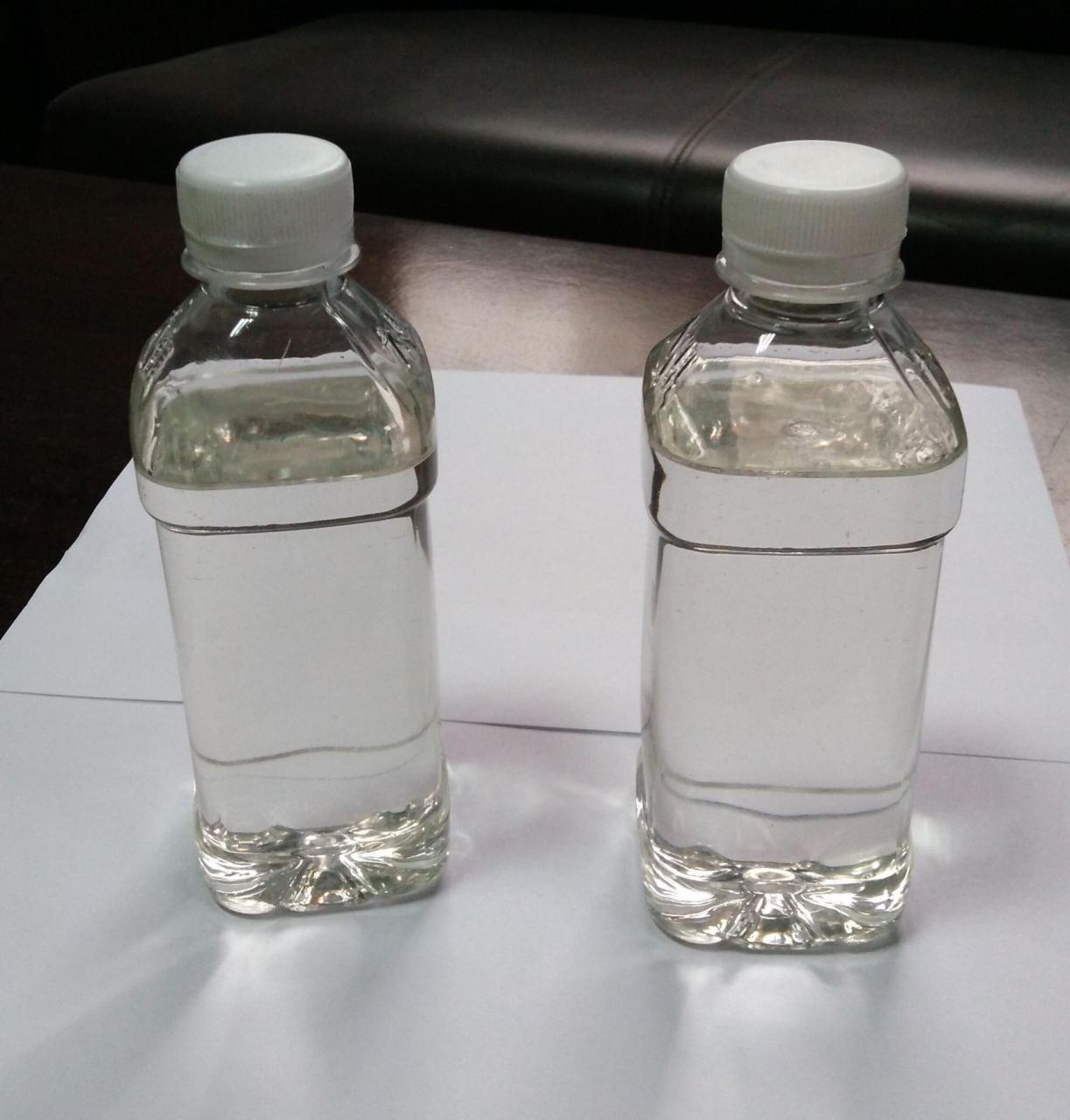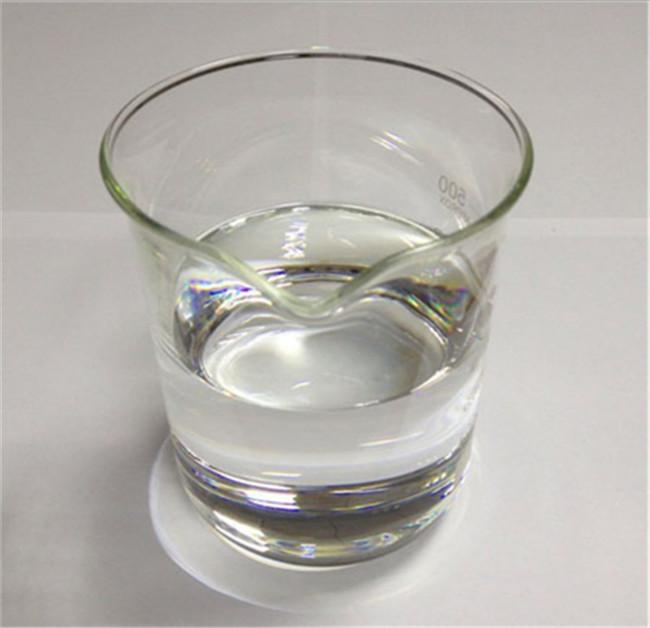Plasticizers are present in wires and cables, plastic products, automobile decoration and other items in daily life. Adding plasticizers to these items can To a certain extent, hard and rigid plastics become soft and flexible, but we only know the effect of plasticizers. Do you know how the plasticizing effect of plasticizers is affected? Today, Kain Chemical is here to talk to you about the factors that affect the plasticizing effect of plasticizers. I hope it will be helpful to you.

1. Plasticizing effect of plasticizer
1. Main function
The main function of plasticizer is to weaken the secondary bonds between polymer molecules, that is, van der Waals forces, thereby increasing the mobility of the polymer molecular chain. The crystallinity of the polymer molecular chain is reduced, that is, the plasticity of the polymer is increased, which is manifested in the decrease in the hardness, modulus, softening temperature and embrittlement temperature of the polymer, while the elongation, flexibility and flexibility are increased.
2. Mode of action
(1) Internal plastic agent. Theinternal plasticizer is actually part of the polymer. Generally internal plasticizers are secondary monomers introduced during the polymerization process of the polymer. Since the second monomer is copolymerized in the molecular structure of the polymer, the regularity of the polymer molecular chain is reduced, that is, the crystallinity of the polymer molecular chain is reduced.
(2) External plasticizer. External plasticizer is generally a high boiling point and relatively difficult to volatilize liquid or a low melting point solid, and most of them are ester organic compounds. Usually the external plasticizer does not react chemically with the polymer. The interaction between the external plasticizer and the polymer is mainly swelling when the temperature is raised, forming a solid solution with the polymer. External plasticizers have comprehensive properties, are easy to produce and use, and are widely used. Nowadays, plasticizers generally referred to as plasticizers refer to external plasticizers.

2. Factors affecting plasticizing effect
1. Effect of chemical structure
When a plasticizer is added to a polymer, the interaction between the plasticizer and the polymer molecules has a great influence on the plasticization effect. There are two forces between its molecules: van der Waals forces and hydrogen bonds. The existence of the two forces jointly affects the plasticizing effect of the plasticizer.
(1) Van der Waals force effect. Van der Waals forces include dispersion force, induction force and orientation force. It is a weak attraction with a small range of action that always exists between polymer molecules or between non-bonded atoms within the molecules. It has additivity, so sometimes it is very large, which greatly hinders the insertion of plasticizer molecules into polymer molecules.
(2) Hydrogen bonding. For molecules containing -OH groups or -NH- groups, such as polyamide, polyvinyl alcohol, etc., hydrogen bonds can be formed between molecules. Hydrogen bonding is a relatively strong interactive bond, and its existence will affect the insertion of plasticizer molecules into polymer molecules. In particular, polymer molecules with a large number of hydrogen bonds are difficult to plasticize. When the temperature increases, the role of argon bonds weakens accordingly because the thermal motion of the molecules hinders the orientation of the polymer molecules.
2. Influence of processing technology
(1) Production of dry mixed powder. Add the plasticizer to the synthetic resin powder and stir it at a certain temperature. The resulting material is a dry-mixed powder whose appearance is not much different from the original synthetic resin.
(2) Molding. Through hot mixing, the plasticizer is mixed with the powdered synthetic resin, and then the plasticizer is mixed at a certain temperature using an internal mixer or an open mill.
(3) Processing of plasticizer solution. Dissolve the synthetic resin in an appropriate solvent, and then mix in a plasticizer that can adjust the solubility. This will form a plasticizer solution for the synthetic resin, thereby achieving a plasticizing effect.
(4) Make paste. Pasting is also a way of plasticizing plasticizers. Fine-particle synthetic resin is mixed into the plasticizer in a blender with sufficient shear, thereby forming a stable and pourable paste. Or slurry.



 微信扫一扫打赏
微信扫一扫打赏
